
AsianOverland.net
Tour Guide - Itinerary
Asian Overland Sydney to London
Started 22/06/2022 Finished 21/06/2023365 Days ITINERARY
Day 60 date 20/08/2022PHUKET to AYUTTHAYA , THAILAND
ASIANOVERLAND.NET SYDNEY TO LONDON DAY 60/344: AYUTTHAYA , THAILAND
The Ayutthaya Kingdom was an independent Siamese kingdom for more than 400 years, from 1351 to 1767. It was based around the city of Ayutthaya, in Siam (Thailand). Ayutthaya was called "Siam", but the people of Ayutthaya called themselves Tai, and their kingdom Krung Tai.
Ayutthaya (sometimes called the "Venice of the East") is on an island at the junction of the Chao Phraya and Pa Sak rivers, 64 km north of Bangkok.
In 1767, Ayutthaya was destroyed by the Burmese army, resulting in the collapse of the kingdom. The ruins of the old city are preserved in the Ayutthaya historical park, which is recognised as a UNESCO World Heritage Site. The ruins, dominated by the prang (shrine or holy towers) and gigantic monasteries, demonstrate the city's glorious past.
The Ayutthaya Kingdom emerged from city-states on the Lower Chao Phraya Valley in the late fourteenth century during the decline of the Khmer Empire. It was the precursor to modern Thailand and the birthplace of the founder of Bangkok, King Rama I.
Ayutthaya was founded in 1351 by King U Thong, who proclaimed it the capital of his kingdom, the Ayutthaya Kingdom or Siam. It is named after the ancient Indian city of Ayodhya, synonymous with Rama, the 7th incarnation of the Hindu God Vishnu.
Ayutthaya became the second Siamese capital after Sukhothai, and by the year 1600 had a population of 300,000, reaching 1,000,000 around 1700, one of the world's largest cities at the time.
After a century of territorial expansions, Ayutthaya was a major power in Southeast Asia. Ayutthaya faced invasions from the Toungoo dynasty of Burma, starting centuries' old rivalry between the two regional powers, resulting in the First Fall of Ayutthaya in 1569.
However, Naresuan (r. 1590–1605) quickly freed Ayutthaya from Burmese rule and expanded Ayutthaya militarily. By 1600, the kingdom's vassals included city-states in the Malay Peninsula and parts of Burma and Cambodia.
In the sixteenth and seventeenth centuries, Ayutthaya emerged as an international trade centre, and its cultures flourished. The reign of Narai (r. 1657–1688) was known for historic contact between the Siamese court and Europeans, including the 1686 Siamese diplomatic mission to the court of King Louis XIV of France.
The Late Ayutthaya Period was described as a "golden age" of Siamese culture, as well as increased trade, political and cultural influence from China, which continued to expand for the next century following the fall of Ayutthaya.
In the eighteenth century, a series of socio-economic and political pressures within the kingdom left Ayutthaya militarily weak and unable to defeat a renewed series of Burmese invasions, in 1759–60 and 1765–67, from the new and expansionist Konbaung dynasty of Burma, which was determined to acquire its wealth and eliminate Burma’s long-time regional rivals.
In April 1767, after a 14-month siege, the city of Ayutthaya fell to besieging Burmese forces and was completely destroyed, ending the 417-year-old Ayutthaya Kingdom.
Siam quickly recovered from the collapse of Ayutthaya, and the seat of Siamese authority was moved to Thonburi, and then to Bangkok, within the next 15 years.
© This work is copyright. Apart from any use permitted under the Copyright Act 1968, no part may be reproduced by any process, nor may any other exclusive right be exercised, without the permission of Peter Searle, peter@portseavillageresort.com; 1980-2024.
Website built by Justin O’Dea www.webdeveloperdocklands.com.au
_of_Wat_Phra_Si_Sanphet.jpg)
.jpg)
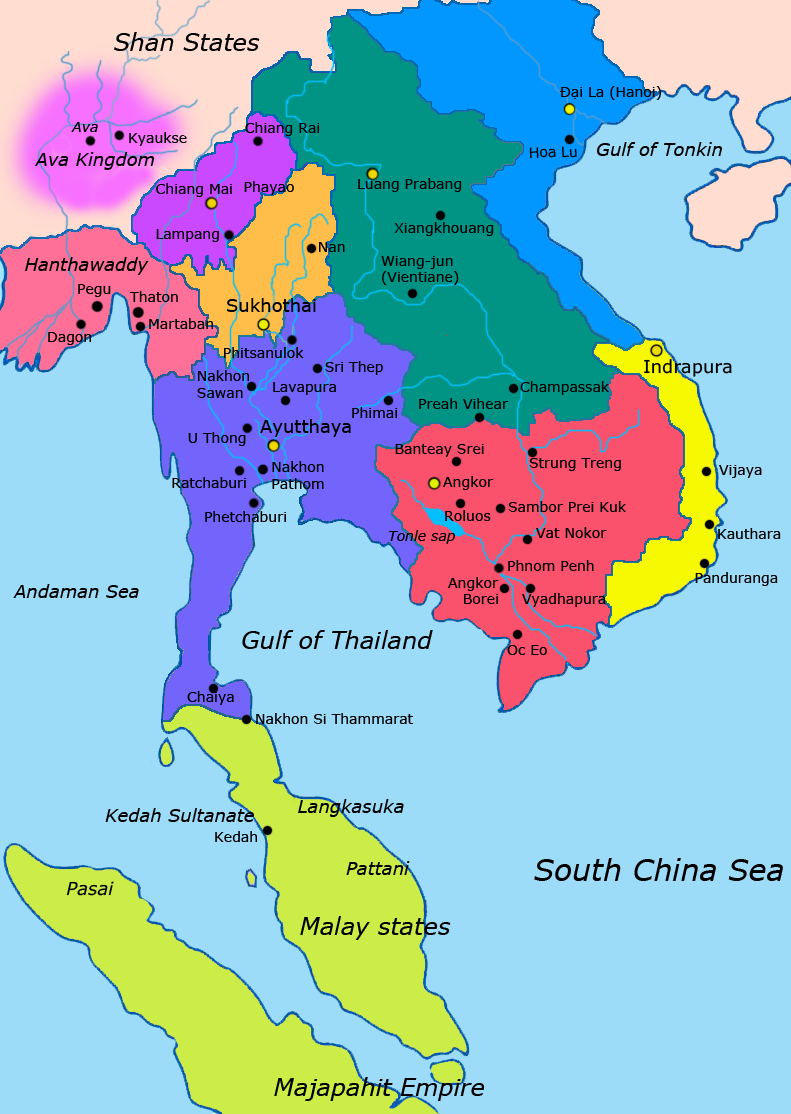
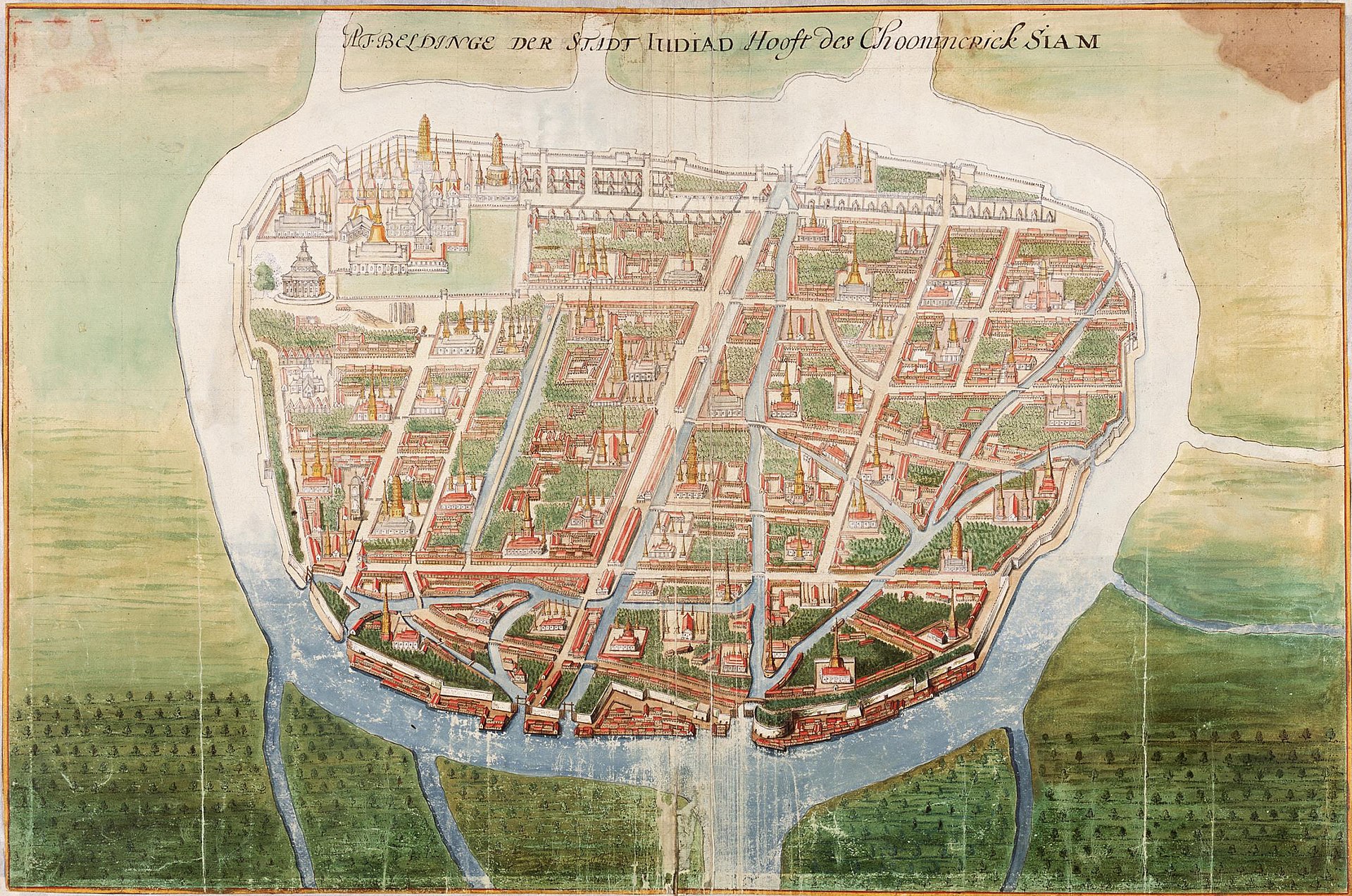
_วัดมหาธาตุ_อ.พระนครศรีอยุธยา_จ.พระนครศรีอยุธยา_(6).jpg)
.jpg)
.jpg)
.jpg)
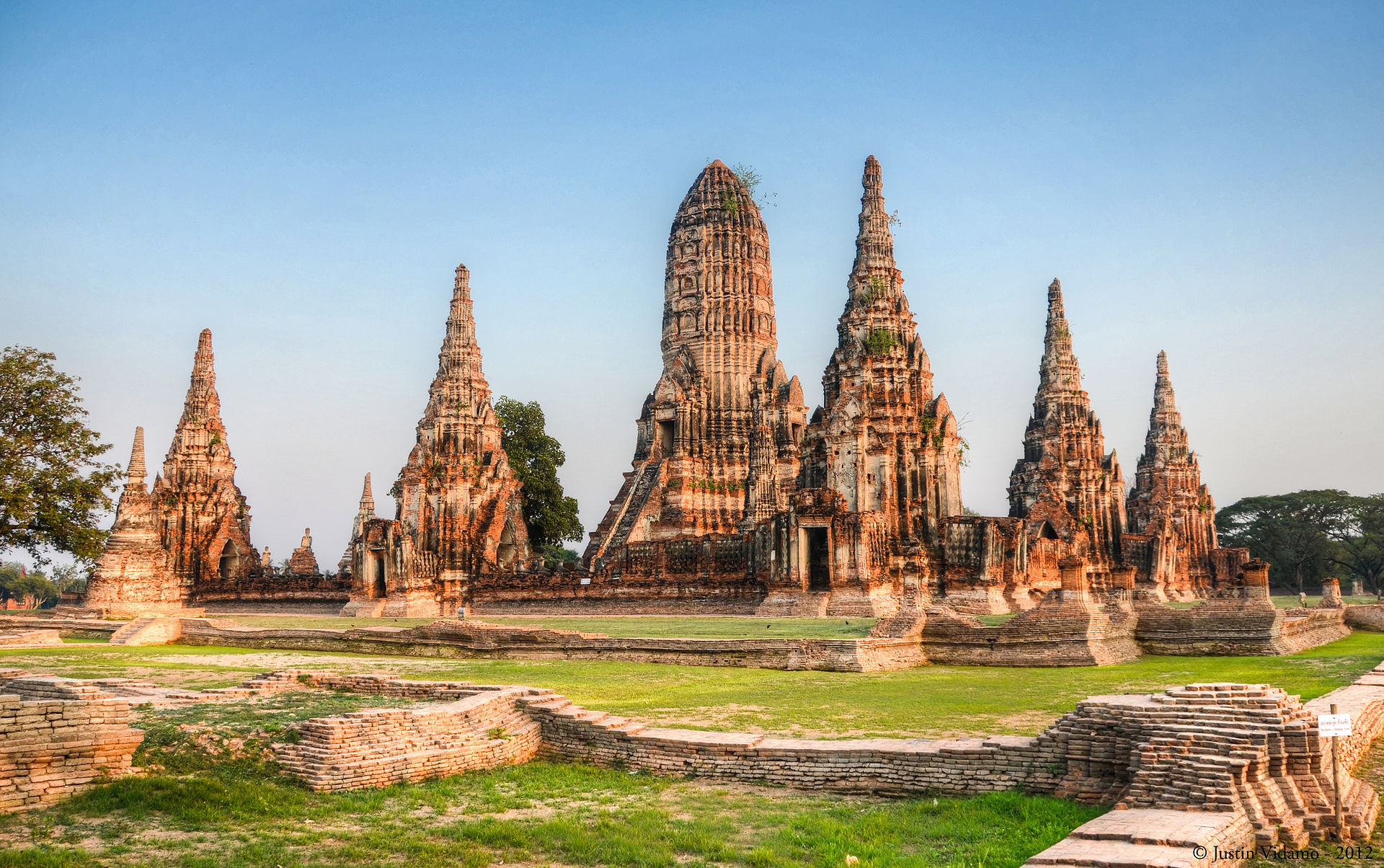
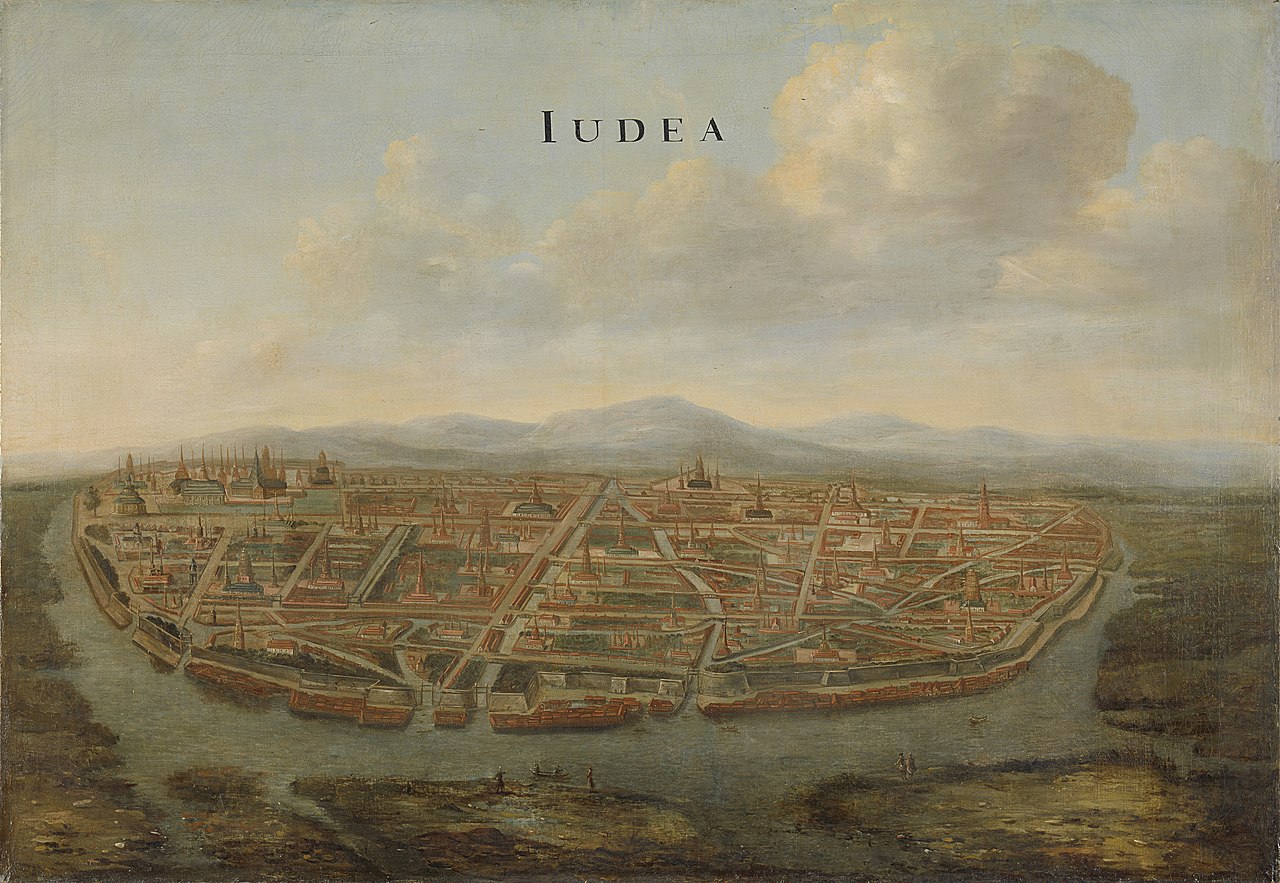
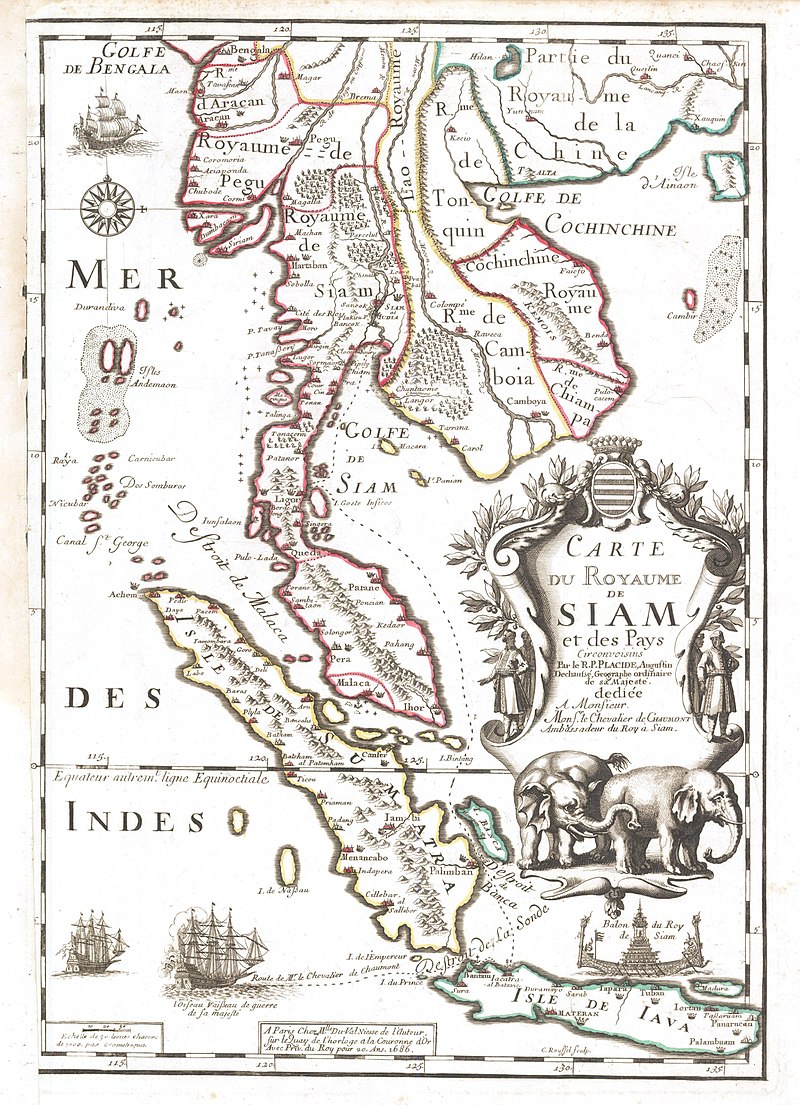
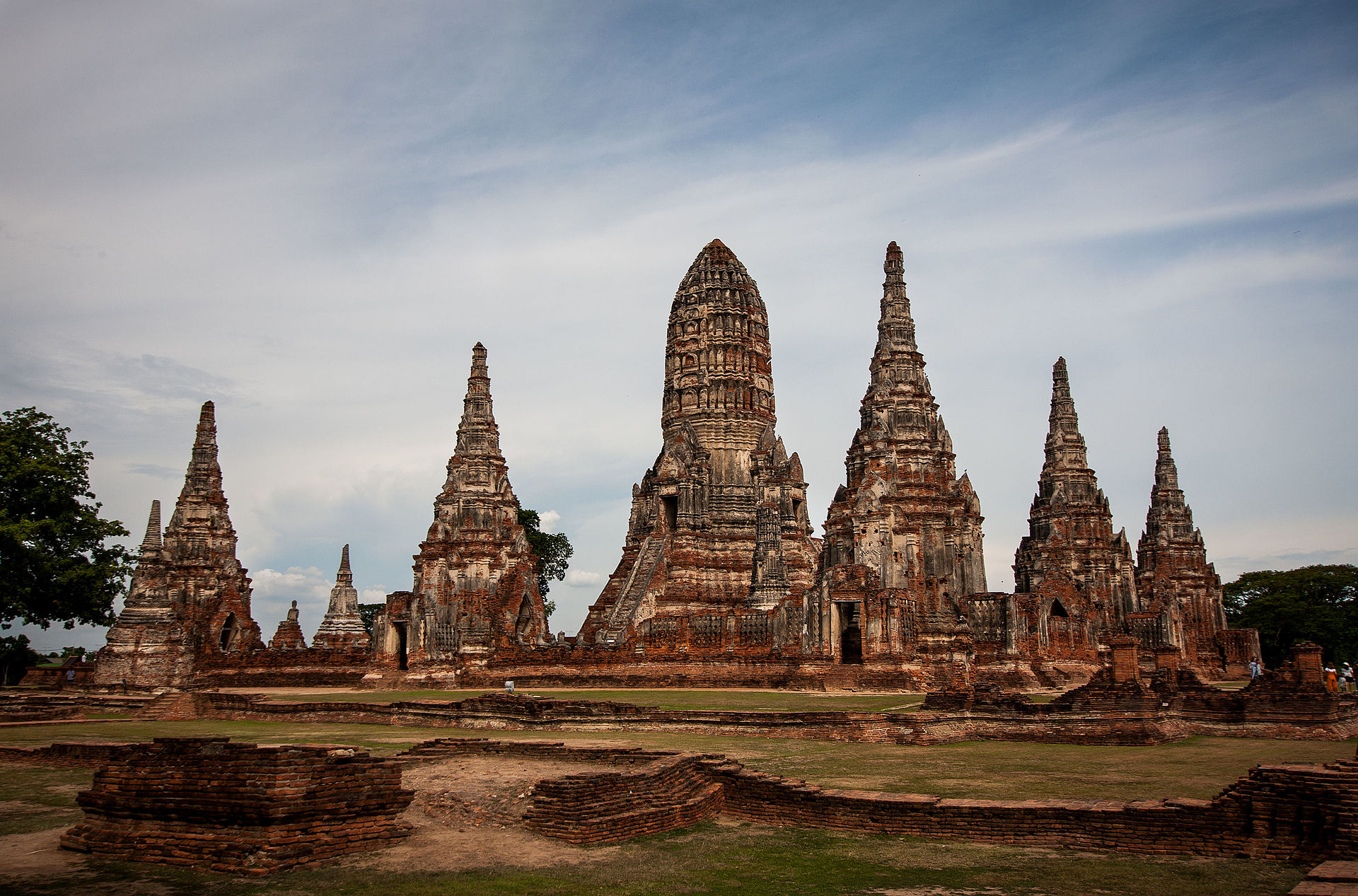

_วัดมหาธาตุ_อ.พระนครศรีอยุธยา_จ.พระนครศรีอยุธยา_(6).jpg)
_of_Wat_Phra_Si_Sanphet.jpg)